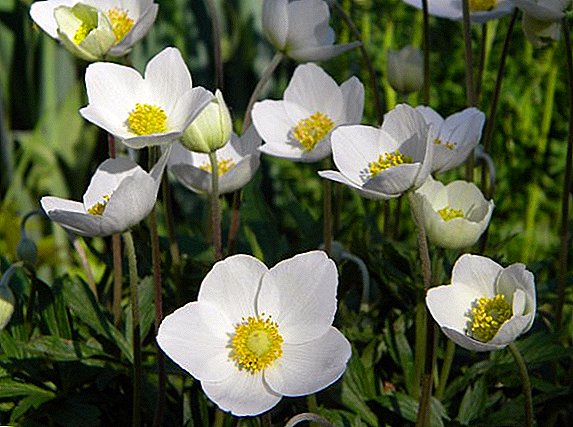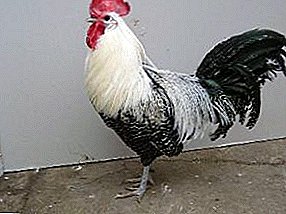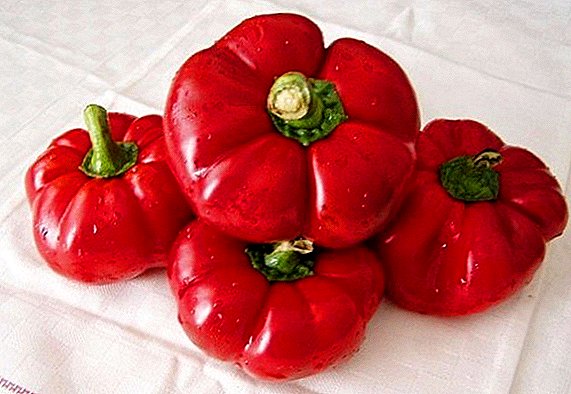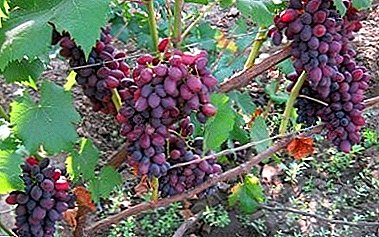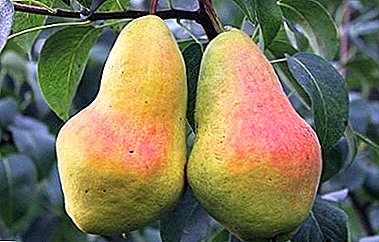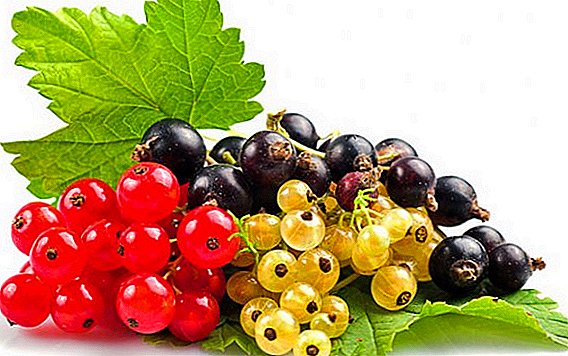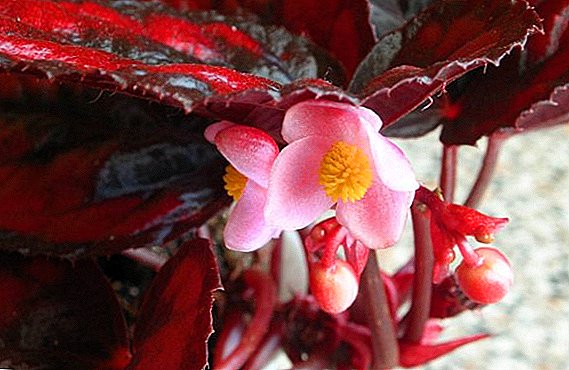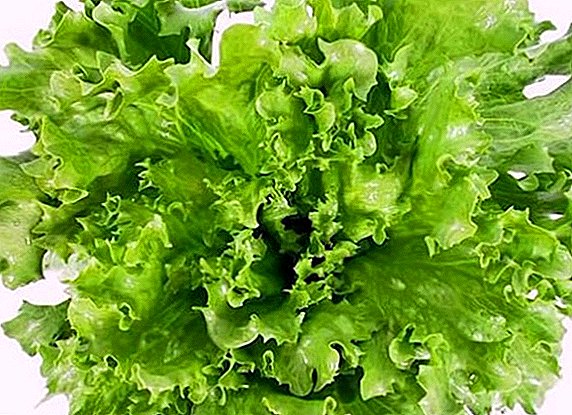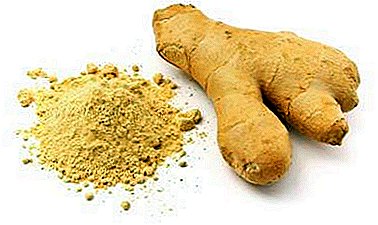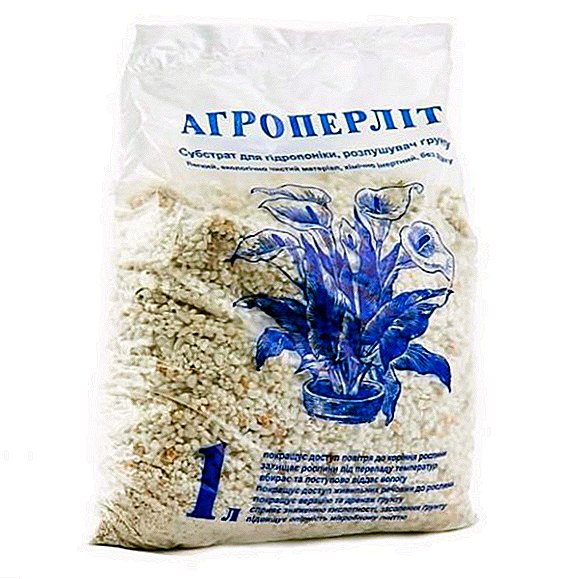 Horticulture and horticulture can be easily managed on fertile black earths, and perlite will help those who have poor, in fact unsuitable areas for crop production. It is this substance that contributes to the enrichment of nutrients and moisture in clay and sandy substrates: after they are introduced, they differ favorably in chemical composition and soft loosened structure. We will understand in more detail the features of agroperlite, what it is and why it is needed.
Horticulture and horticulture can be easily managed on fertile black earths, and perlite will help those who have poor, in fact unsuitable areas for crop production. It is this substance that contributes to the enrichment of nutrients and moisture in clay and sandy substrates: after they are introduced, they differ favorably in chemical composition and soft loosened structure. We will understand in more detail the features of agroperlite, what it is and why it is needed.
What is it?
The name of this agronomic substance comes from the French word "perle", which translated means "pearl". Externally, light pearlite crystals do resemble uncut gems, but this is only a first impression. 
In fact, agroperlite is glass fiber of volcanic originthat makes it different from other materials to increase by a factor of twenty. This process is possible only under conditions of heating the substance. When the temperature exceeds 850 ° C, glass crystals begin to pop like popcorn.
Did you know? In order to form a two-centimeter layer of fertile land, it will take a century — accordingly, it will take several thousand years to form a layer the size of a spade bayonet.
Experts explain this reaction by the presence of bound water in the rock, which totals 4-6 percent. When the liquid begins to evaporate, millions of active bubbles form in the glass material, which burst out when the substance softens. On this basis, scientists call perlite a special form of natural glass and classify it as a chemically inert compound with an acidic reaction.
In agronomy, it is an indispensable component of soil mixtures for gardening and floriculture. It improves the quality characteristics of substrates, makes them light and loose, promotes the exchange of air and moisture.  Perlite soils for a long period are not compacted and retain water-air balance.
Perlite soils for a long period are not compacted and retain water-air balance.
Did you know? The army of earthworms on 1 hectare of the field consists of 130 individuals weighing up to 400 kg. During the year they process about 30 tons of soil.
For crop production, expanded perlite is used: what it is, we have already partially mentioned. The substance is a derivative product obtained during the grinding and heat treatment of natural rock.
Composition
Perlite components are 8 components:
- silicon dioxide (is the basis of the substance and ranges from 65 to 76%);
- potassium oxide (5%);
- sodium oxide (about 4%);
- aluminum oxide (up to 16%);
- magnesium oxide (up to 1%);
- calcium oxide (2%);
- iron oxide (3%);
- water (up to 6%).

In minor doses, other chemical components may be present that affect the color of the rock. In some cases, it can affect with black, brown, blood-red and even green tones.
Depending on the additional impurities emit pearlite varieties:
- spherulite (when feldspar is found in the composition);
- obsidian (with volcanic glass impurities);
- tar stone (when the composition is homogeneous);
- glass wool.
Important! So that the earth in the flower pots does not overheat and the roots do not dry, fill the container with agroperlite to the top. The substance will reflect ultraviolet rays, directing them to the opposite side of the leaves, and will not allow the evaporation of moisture.

Characteristics of agroperlite
Agroperlite has unique heat-conducting, sound-insulating and light-reflecting properties; therefore, its widespread use in many spheres of human activity is absolutely justified.
Substance possesses biological firmness, does not decay and is not exposed to rotting. Also, it does not attract rodents and insects, it is not food for them. Does not react with other chemicals from the environment.
Perlite is used in the cultivation of tarragon, eustoma, venus flytrap, adenium, balsam, plumeria, epification, orchids, brugmancia, scinapsus, surfini, hosts, chrysanthemums, and carnations.
Experts emphasize the sterility of the substance and its ecological purity. Moreover, among the components of perlite is not detected toxic substances and heavy metals.
Of all the characteristics of the agromaterial, it is especially appreciated. ability to absorb moisture. Experts say that the expanded form can absorb fluids up to 400 percent of its mass. The return of water occurs gradually.  At this time, the roots are protected from overheating and overcooling, for their comfort provided a stable temperature. This soil is light and loose, it will never be covered with a hard dry crust.
At this time, the roots are protected from overheating and overcooling, for their comfort provided a stable temperature. This soil is light and loose, it will never be covered with a hard dry crust.
Important! When working with agroperlite be sure to protect the eyes and mouth, since small particles can easily penetrate the mucous membranes.
Substance use
Expanded perlite is widely used for growing flower, decorative, garden and vegetable crops. Consider how and when to apply agroperlite for indoor and garden plants.
In indoor floriculture
The germination of seeds and cuttings often ends with their rotting. You can avoid this unpleasant moment, replacing water with loose substance. Drinking moisture, it does not allow the seed to dry, and soon the expected sprouts will appear. In addition, experienced growers prefer the component for growing seedlings of flower and vegetable plants. In such an environment, sprouts are less likely to suffer from blackleg and other bacterial diseases.
The only disadvantage of this technology is the lack of nutrients. Consequently, for healthy seedlings, regular moistening with a solution of mineral complex fertilizers and biologics will be needed. This is necessary for the formation of a favorable microflora.
Important! It is strongly recommended not to fertilize perlite with calcium preparations. They promote alkalization of the acidic environment.
It is good to use agroperlite and in cases seed breeding. The crystals are mixed with grains for their uniform distribution in the substrate. And so that the "bed" does not attack the mold, the crops are covered with a layer of volcanic rock. This method is acceptable even for photosensitive seed, since a small amount of ultraviolet still misses.  Among the ingredients of soil mixtures for planting indoor flowers, this substance is also appropriate. In some cases, when the soil is too depleted, and the plant is characterized by capriciousness, the crystals can make up to 40% of the mixture. They are also added during hydroponic cultivation, laid out in containers on the windowsill to create a moist environment.
Among the ingredients of soil mixtures for planting indoor flowers, this substance is also appropriate. In some cases, when the soil is too depleted, and the plant is characterized by capriciousness, the crystals can make up to 40% of the mixture. They are also added during hydroponic cultivation, laid out in containers on the windowsill to create a moist environment.
Learn about the advantages and disadvantages of using hydrogel.
Many housewives recommend agroperlite as the best way to store rhizomes, bulbs and flower tubers. For this, the excavated material is laid out in layers, avoiding mutual contact, and sprinkled with rock.
The method is effective because it prevents decay, germination and the adverse effects of water and temperature factors.
Important! Perlite does not need to be immersed in water, because it cannot absorb all the liquid and does not float. If necessary, rinse the crystals, spray or do it with a sieve.
In gardening
Since gardening is closely related to the cultivation of flowers, the use of perlite is largely duplicated. The substance has established itself as a good drainage and mulch, as well as a component of soil mixtures.
This is especially true for crops that react painfully to the high acidity of the site. Crystals do not allow salinization of the earth, and during long rains or improper watering, they quickly and easily solve the problem of stagnant water, the growth of weeds and mosses.  Agronomists recommend the use of perlite novice gardeners. This is due not only to possible errors in the humidity mode. The material is able to absorb excess fertilizer and with time, when the rate is absorbed by the roots, to give the right in small doses.
Agronomists recommend the use of perlite novice gardeners. This is due not only to possible errors in the humidity mode. The material is able to absorb excess fertilizer and with time, when the rate is absorbed by the roots, to give the right in small doses.
Expanded perlite - excellent environment for wintering roots young seedlings. Its grains will collapse only after 3-4 years. Gardeners also use pellets to store fruits, vegetables and root tubers. In some cases, they are treated in parallel with fungicides.
Important! Perlite shelf life is unlimited.
Disadvantages of use
Despite the many positive characteristics of agroperlite, it is mentioned in reviews imperfection:
- When working with fine perlite sand there is a lot of dust, which adversely affects mucous membranes and human lungs. To avoid trouble, experts advise to take care of their own safety and pre-moisten the material.
- Perlite crystals have a high price, so using them for large garden volumes is expensive.
- It is difficult to buy agroperlite since it is a rather rare material.
- The sand has a positive electrical charge, as a result of which it does not hold the corresponding ions of the dressings - that is, it does not take any part in the nutrition of the plants.
- Neutral pH of pearlite crystals combined with hard water is shifted to the alkaline side. This means that the growth of a culture is suspended, and nutrients are blocked for its roots.
- The white color of the substance often does not allow time to recognize soil pests, such as mealy and root worms, fungal mosquitoes, and the like.
Did you know? In a teaspoon of the earth lives as many microorganisms as there are people on the globe.
Expanded pearlite sand is important for crop production, since it greatly facilitates many physical and chemical processes. It is often combined with river sand, vermiculite, sphagnum moss, peat and leafy soil.
In the absence of volcanic rock, it is replaced by cheaper analogues: expanded clay, brick and foam chips, vermiculite. Of course, the listed substances do not possess the whole range of functions of agroperlite, but only partially replace it.


